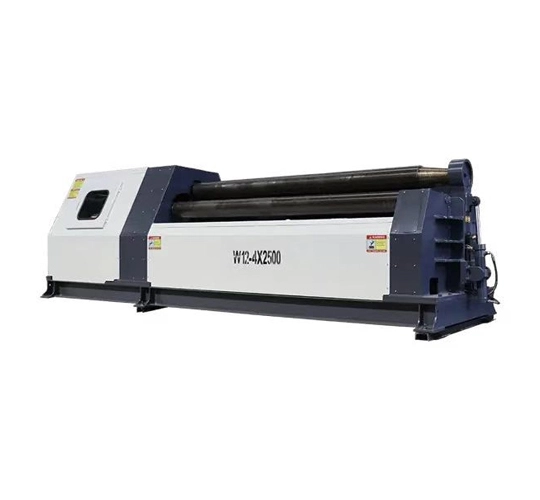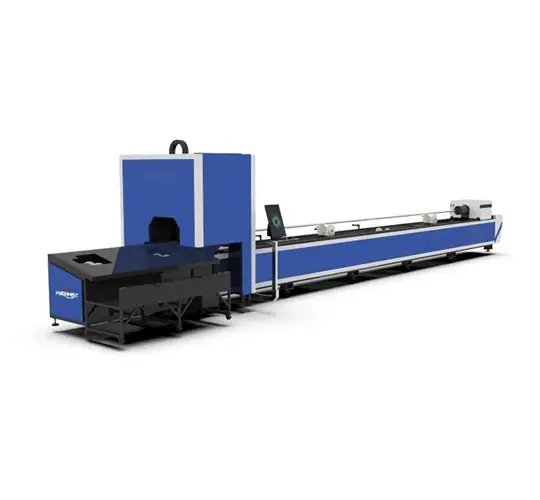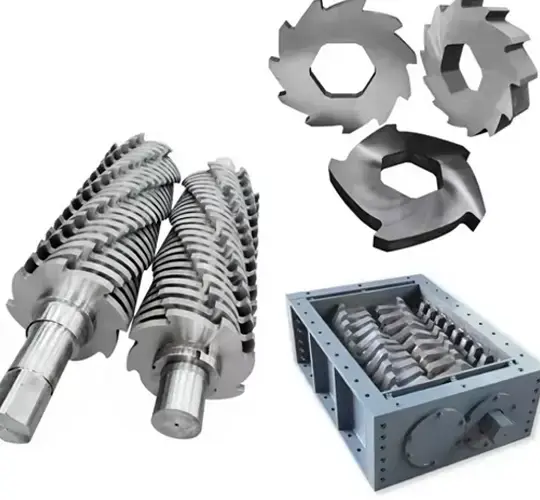In the early days of automated metal fabrication, manufacturers often relied on CNC plasma tables or waterjet cutting machines for rough cuts on thick metal, while fine CNC plasma cutters were used for precise cuts on thinner materials. As demands for safety and environmental sustainability grew, YAG and CO2 laser cutting machines entered the market, elevating the quality of metal cutting. These systems offered a safer, more eco-friendly alternative to plasma and waterjet cutting, requiring no consumables. However, their limitations, such as high costs, restricted cutting thicknesses, and slower speeds compared to plasma, led to the development of the fiber laser cutting machine. The fiber laser cutting machine for metal revolutionized the industry with unmatched precision, speed, and thickness capabilities. With high accuracy, superior cut quality, rapid speeds, low operating costs, ease of use, and full automation, the cnc fiber laser cutting machine has become essential for both small businesses and large-scale industrial manufacturing. Capable of cutting materials from 1mm stainless steel to over 100mm carbon steel, as well as highly reflective metals like brass, copper, aluminum, gold, and silver, these machines use various working gases such as air, nitrogen, and oxygen to produce smooth, precise contours. Whether shaping sheet metal, tubes, or specialized profiles, the sheet metal fiber laser cutting machine excels at creating clean, accurate shapes, making it a top choice for fiber laser cutting machine manufacturers.
Fiber Laser Cutting Capabilities for Carbon Steel
Carbon steel, an iron-carbon alloy with a carbon content ranging from 0.02% to 2%, includes low carbon steel (mild steel), medium carbon steel (M2 steel), and high carbon steel (tool steel). The metal fiber laser cutting machine can handle carbon steel thicknesses from 1mm to over 200mm, achieving cutting speeds between 0.12m/min and 100m/min. These machines support laser powers from 1000W to 60000W and work with gases like air, oxygen, nitrogen, and mixed gases, as outlined in the fiber laser cutting machine specification. For low to medium power (1000W to 4000W), industrial fiber laser cutting machines efficiently cut thinner carbon steel, with speeds reaching up to 38m/min for 1mm material using air, and up to 44m/min using nitrogen. As thickness increases to 22mm, speeds decrease to around 0.5-0.8m/min. High power fiber laser cutting machines (6000W to 30000W) excel at thicker materials, cutting up to 25mm at speeds of 2.0-3.2m/min with air, and up to 40mm at 0.25-0.7m/min with nitrogen or oxygen. Extra-high power (40000W) and ultra-high power (60000W) machines, such as those from fiber laser cutting machine China, push the boundaries further, cutting up to 100mm or more with oxygen or mixed gases at speeds as low as 0.2m/min, ensuring versatility for both thin and extremely thick carbon steel applications in fiber laser cutting machine applications.
Fiber Laser Cutting Capabilities for Stainless Steel
Stainless steel, known for its corrosion resistance and high chromium content (12% to 30%), includes grades like 201, 304, 316, and 904L, among others, often containing elements such as nickel, molybdenum, and vanadium. The 3d fiber laser cutting machine can cut stainless steel from 1mm to 150mm thick, with speeds ranging from 0.05m/min to 100m/min, using laser powers from 1000W to 60000W and working gases like nitrogen or air. For low to medium power (1000W to 4000W), these machines achieve high speeds on thin stainless steel, cutting 1mm material at up to 50m/min with air and 45m/min with nitrogen, while 12mm thicknesses are cut at 0.65-1.0m/min. High-power machines (6000W to 30000W), such as those from Amada fiber laser cutting machine or Trumpf fiber laser cutting machine brands, handle thicker stainless steel, cutting up to 80mm at speeds as low as 0.05m/min with nitrogen. Extra-high power (40000W) and ultra-high power (60000W) systems extend capabilities to 100mm or more, with speeds of 0.15-0.2m/min for 100mm stainless steel using air or nitrogen, and even 150mm at 0.15-0.2m/min with air, making them ideal for demanding industrial applications requiring precision and durability. Fiber laser cutting machine spare parts are also widely available to ensure consistent performance.
Fiber Laser Cutting Capabilities for Aluminum
Aluminum, a lightweight, ductile, and abundant metal, is used in forms like foils, sheets, tubes, and alloys containing copper, manganese, silicon, magnesium, or zinc. The tube fiber laser cutting machine is well-suited for cutting aluminum and its alloys up to 100mm thick, with maximum speeds of 70m/min, using laser powers from 1000W to 40000W and nitrogen as the working gas. Low to medium power (1000W to 4000W) machines, including mini fiber laser cutting machines, cut 1mm aluminum at speeds up to 32m/min, while 14mm material is cut at 0.3-0.5m/min. High-power systems (6000W to 30000W) handle thicker aluminum, cutting up to 80mm at 0.08-0.1m/min, with speeds for 5mm material reaching 20-25m/min. Extra-high power (40000W) machines, often sourced from China fiber laser cutting machine suppliers, can cut 100mm aluminum at 0.08-0.1m/min, offering exceptional precision for both thin and thick aluminum applications, from delicate foils to robust structural components.
Fiber Laser Cutting Capabilities for Brass and Copper
Copper, valued for its excellent electrical and thermal conductivity, and brass, a copper-zinc alloy with high mechanical strength and wear resistance, are widely used in precision instruments, electronic components, and decorative items. Fiber laser cutting machines for sale can process brass and copper, as well as alloys like aluminum bronze, manganese bronze, and nickel-copper alloy (Monel), with thicknesses from 1mm to 80mm at speeds ranging from 0.4m/min to 65m/min. Laser powers from 1000W to 40000W are used, with nitrogen for brass and oxygen for copper. For low to medium power (1000W to 4000W), 1mm brass is cut at speeds up to 30m/min, while 10mm brass is cut at 0.4-0.6m/min. High-power machines (6000W to 30000W) cut up to 50mm brass at 0.4-0.5m/min, and extra-high power (40000W) systems handle 30mm brass at 2.0-2.5m/min and 20mm copper at 0.6-1.0m/min. These capabilities ensure clean, precise cuts for applications ranging from ship parts to musical instruments. Additionally, fiber laser welding machines, including hand held fiber laser welding machines and portable fiber laser welding machines, complement cutting systems by enabling precise joining of these metals, while automatic fiber laser welding machines enhance efficiency in high-volume production.
Key Considerations for Fiber Laser Cutting
The fiber laser cutting machine working principle involves directing a high-powered laser beam through a fiber optic cable to melt and cut metal with precision, offering remarkable efficiency for a wide range of metals, including highly reflective materials like aluminum, copper, and brass. However, cutting precious metals such as gold and silver can be challenging, requiring careful selection of laser power, working gases, and cutting parameters to achieve optimal results without material waste. For applications involving intricate ornaments, jewelry, or precision components, consulting with technical experts from a fiber laser cutting machine manufacturer is recommended to identify the best machine configuration and settings tailored to specific business needs and budgets. Fiber lasers offer unmatched versatility, cutting metals from 1mm to over 100mm at speeds ranging from 0.05m/min to 100m/min, with power options from 1000W to 60000W. By adjusting power and gas choices, fabricators can achieve the desired balance of thickness, speed, and cut quality for diverse metal fabrication projects, making fiber laser cutting machines a cornerstone of modern manufacturing.
 English
English 日本語
日本語 한국어
한국어 français
français Deutsch
Deutsch Español
Español русский
русский Türkçe
Türkçe português
português العربية
العربية Polska
Polska हिंदी
हिंदी Indonesia
Indonesia



